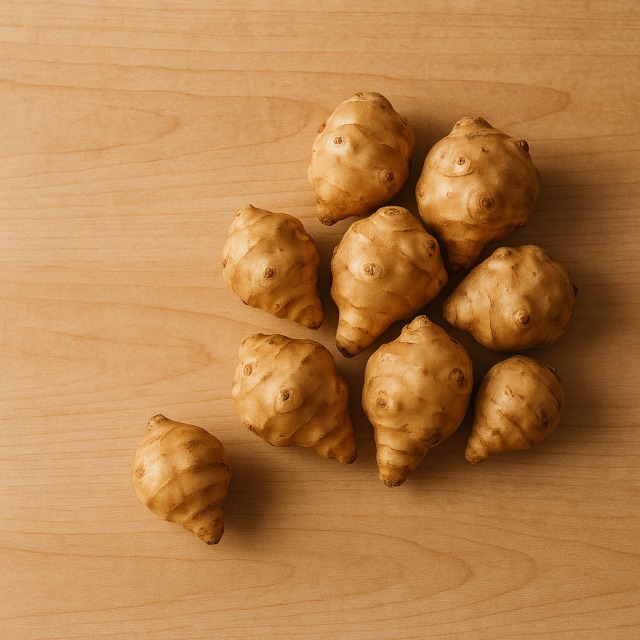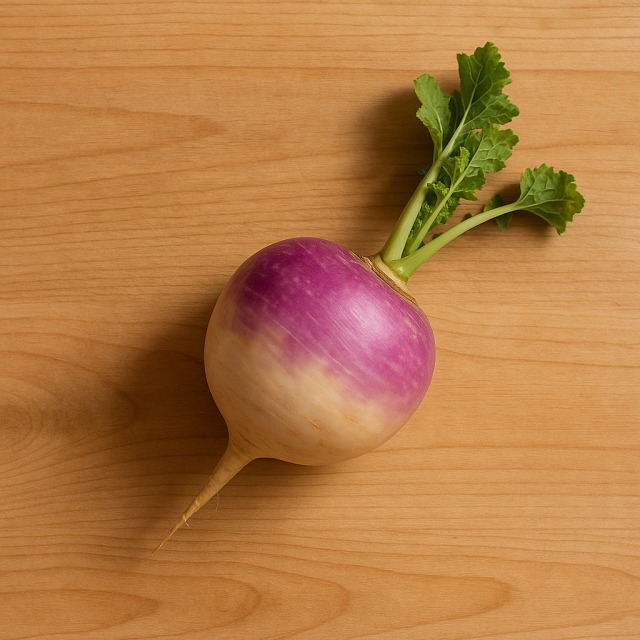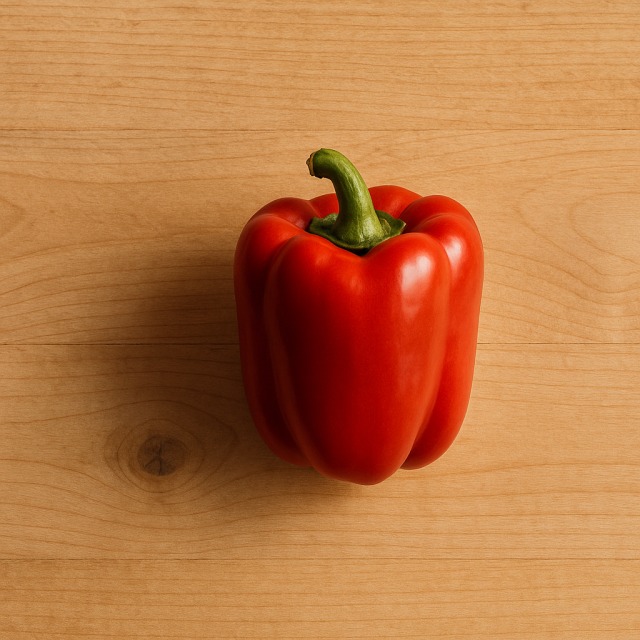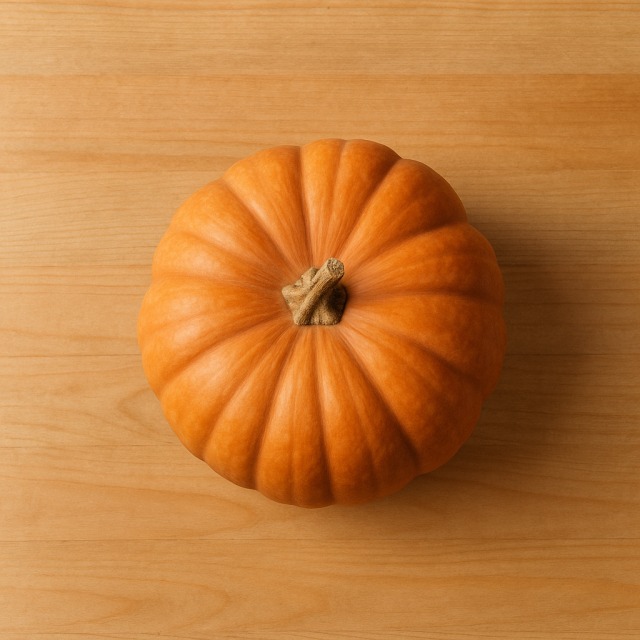Calorie Chart / Vegetables / Radish
How Many Calories Are in Radish?
Calculation of the nutritional value & Recommended Dietary Intake of radish
For g and a calorie requirement of kcal
| Calories 16 kcal | Proteins 0.6 g | Lipids 0.3 g | Carbohydrates 2.6 g |
| 1% | 1% | 0% | 1% |
Health benefits of radish

Radish - 100g
Calories 16 kcal
Proteins 0.6 g
Lipids 0.3 g
Carbohydrates 2.6 g
With only 16 kcal per 100 g, radish is clearly a low-calorie vegetable, an asset for anyone watching their daily calorie intake. Despite the tiny calorie count, it supplies a remarkable density of micronutrients. Radish is a good source of vitamin C, which supports the immune system and collagen synthesis, and it offers vitamin B9 (folate), which contributes to normal blood formation. Potassium, present in interesting amounts, helps regulate blood pressure, while its fibre boosts satiety without adding many calories.
Radish also contains glucosinolates; these sulphur compounds break down into isothiocyanates that are being studied for their supposed protective effect against certain cancers. Added to its crisp texture and peppery taste, these benefits make radish an easy way to enrich dishes in flavour without inflating calories. Historically, the vegetable was cultivated in ancient Egypt, long before bread or butter were commonplace, proving that low-calorie eating is nothing new.
Owing to its very high water content (over 95%), radish contributes to hydration, again with negligible calories. Its colourful anthocyanin pigments—especially in red varieties—add antioxidant potential. All in all, radish is a low-calorie element that can brighten plates, increase vitamin intake, and diversify textures while keeping total calories under control.
Tips for incorporating radish into a balanced diet
Because radish brings so few calories, it is perfect as a crunchy snack: slice it finely and dip it into a light yogurt sauce for a starter rich in flavour but light in calories. To build a balanced salad, combine radish with cucumber, tomato, and fresh herbs; finish with a drizzle of vinaigrette made with moderate oil to keep calories low. Another idea is to add radish to a poke bowl next to grilled salmon and a portion of brown rice: the fish adds protein while the vegetable keeps calories in check.
If you crave a heartier option, try whole-grain tartines topped with thin radish slices, avocado mash, and lemon zest. The healthy fats of avocado balance the meal, and the radish supplies crunch with minimal calories. Finally, grilled radish halves can accompany a lean chicken breast; roasting tames their peppery notes while adding practically no extra calories, turning an everyday protein into a colourful low-calorie plate.
Whatever recipe you choose, remember that radish allows you to increase portion size without shooting up calories. Pair it with vegetables that are equally light in calories and with proteins that are either lean (fish, poultry) or plant-based to keep the overall calorie goal intact.
Frequently Asked Questions
- How many calories are in radish?
- There are 16 kcal per 100 g.
- Is radish good for weight loss diets?
- Yes. Its very low calorie density, high water content, and fibre make it filling yet slimming, ideal for hypocaloric meal plans.
- Does cooking radish change its calories?
- Boiling or roasting radish without added fat hardly alters its intrinsic calories; additions like oil or butter will, however, increase total calories.
- Which vitamins do radishes provide?
- They bring vitamin C and vitamin B9 while adding almost no extra calories to your daily tally.
- Can I eat radish greens?
- Absolutely. The leaves are edible, low in calories, and rich in antioxidants; blend them into soups or sautés for extra nutrients without many calories.
Similar foods
Information provided by Calorie Menu may contain inaccuracies or errors. It cannot, under any circumstances, substitute medical advice or medication.










